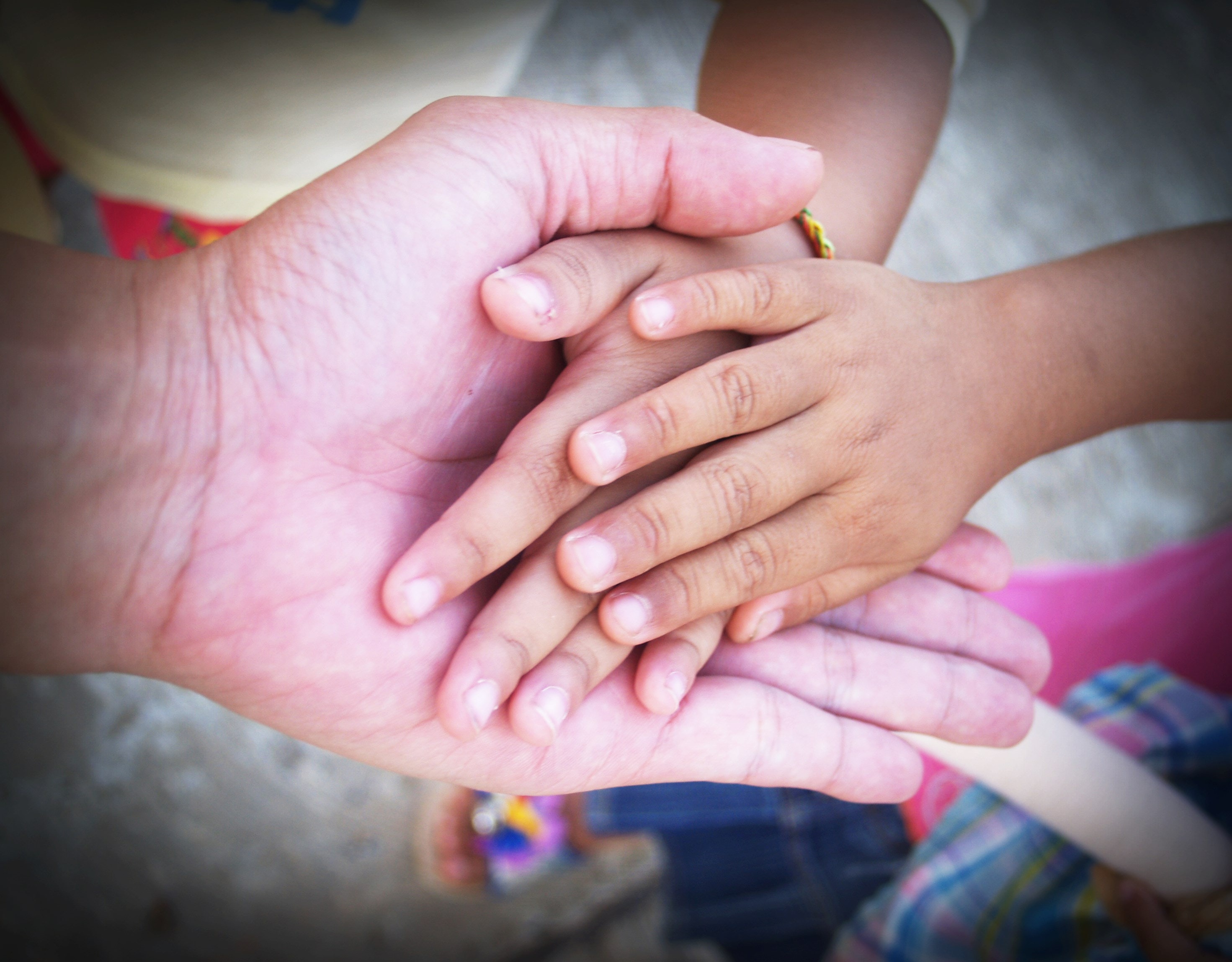The Atlantic Hurricane Season begins June 1st and ends on November 30th. As last year showed us, this is not to be taken lightly. Here are three things to remember next time you want to help after a natural disaster.
1. Monetary donations > In-kind Donations

Donations are often referred to as the second disaster in emergency management. When you donate in-kind, you are requiring sorting, packaging and delivery of the goods that you donated. This often requires additional resources that could otherwise go to directly support those in need. Donations management might require a storage facility, for example, to store the goods while they are being sorted and delivered. Also consider that by the time the goods arrive, they may no longer be needed. When they arrive, donated goods may hinder those businesses and local markets that have been able to open up and could instead sell the needed goods to facilitate recovery. It is critical to understand the community’s needs after an emergency and getting money to the right organization (one that has been involved in the area before the event and can purchase needed goods) is often the fastest, most efficient way to support recovery.
2. Don’t show up without a mission
Spontaneous volunteers, despite having good intentions, can cause additional management needs that use up resources that could otherwise be used more efficiently. If you want to volunteer, be sure to plug in to work with an organization or group that has a connection to the community and that has expressed a need for volunteers. Confirm that your skill set is useful for meeting those needs.
3. Response is just a phase

You can do more than just respond. There are four phases in emergency management: mitigation, preparedness, response and recovery. Response is the phase people are most familiar with because it gets the most attention. The other phases require much more time and investment, but can also provide the most impact. Emergencies exacerbate existing inequalities: people who are more connected or have strong networks and communities are able to recover faster than people who are isolated or have fewer resources. Supporting community organizations, before an emergency, builds resilience and potential for a stronger and faster recovery. Preparedness education is one way to begin doing this; Here are some community preparedness resources for New York City communities.
